While their intent was noble, what ended up happening was the exact opposite of their goal. The braces weakened employees’ backs, which increased the rate of injury. The lesson here is that strong, flexible backs are less likely to experience pain.
There seems to be an epidemic of lower back pain, and there are many reasons why that is. First, we’re a sedentary society, with many of us sitting most of the day (with lousy posture to boot). And our fitness culture emphasizes bursts of energy and weightlifting rather than holistic strength and flexibility training.
As a severe lumbar injury survivor, I’ve learned firsthand the importance of strengthening our backs throughout a range of motion. It’s more than stretching or getting active. The key to resolving lower back pain — and avoiding injuries or compression — is strong mobility.
What are 3 causes of lower back pain?
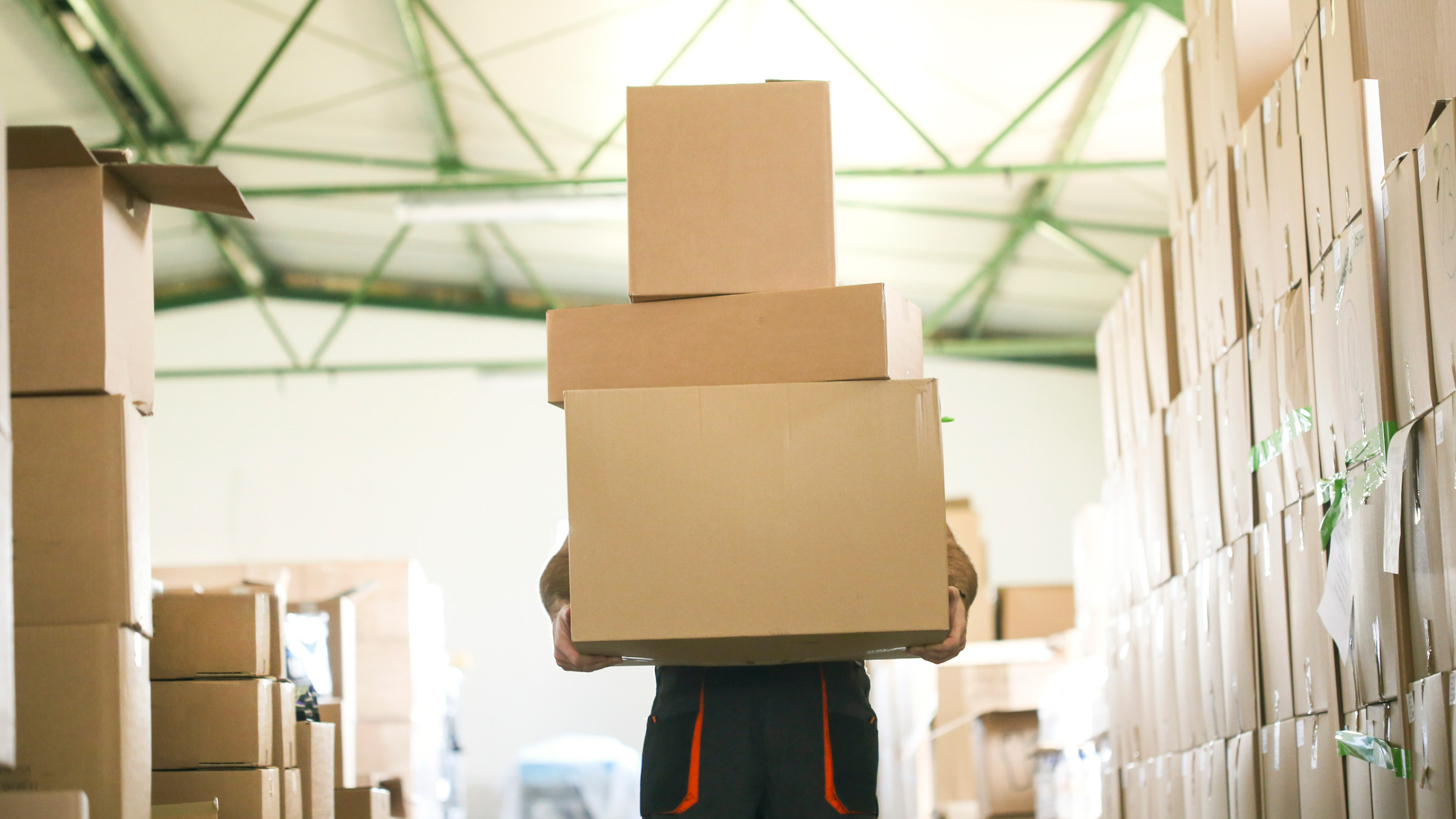
Muscle strain or stiffness
Lower back pain can emerge from overexertion, such as when we lift something heavy or work out hard, or muscle tightness, which develops when we don’t actively engage and strengthen the back muscles. Muscles also stiffen when they’re constantly tense or soaked in cortisol — an unfortunate side effect of our high-stress lifestyles.
The lumbar area (lower back) is particularly vulnerable to muscle strain and stiffness because it supports the entire spinal column and the hips. It allows you to walk, bend, twist, and lift. The stiffer the muscles and ligaments, the more likely they are to become overstretched or inflamed.
We’re also more susceptible to oxidative stress in our modern lifestyles with high exposure to potentially carcinogenic chemicals and solar radiation. Here’s how this could contribute to overall aches and pains.
Disc injury
Sometimes, the fluid-filled discs between our vertebrae become compressed to the point of bulging or rupturing. Swollen or herniated discs are the primary cause of nerve pain, such as sciatica. Unfortunately, disc injuries also tend to coincide with inflammation, making the source of lumbar pain hard to identify.
As we age, our discs begin to degrade, which increases our likelihood of developing lower back pain. Aging also comes with a slower metabolism and possibly a more sedentary lifestyle, contributing to weight gain that can exacerbate the condition.
Spinal disease
The spine is the key structural component of your back, so any inflammation or abnormal pressure can cause serious lumbar pain. Spinal stenosis is when the spinal cord’s fluid shrinks, squeezing your nerves.
Ankylosing spondylitis is a type of joint inflammation that stiffens the vertebrae that support bones such as the pelvis and ribs. Also, arthritis can cause the fluids and connective tissues around the spine and vertebrates to degrade.
What causes lower back pain in women?
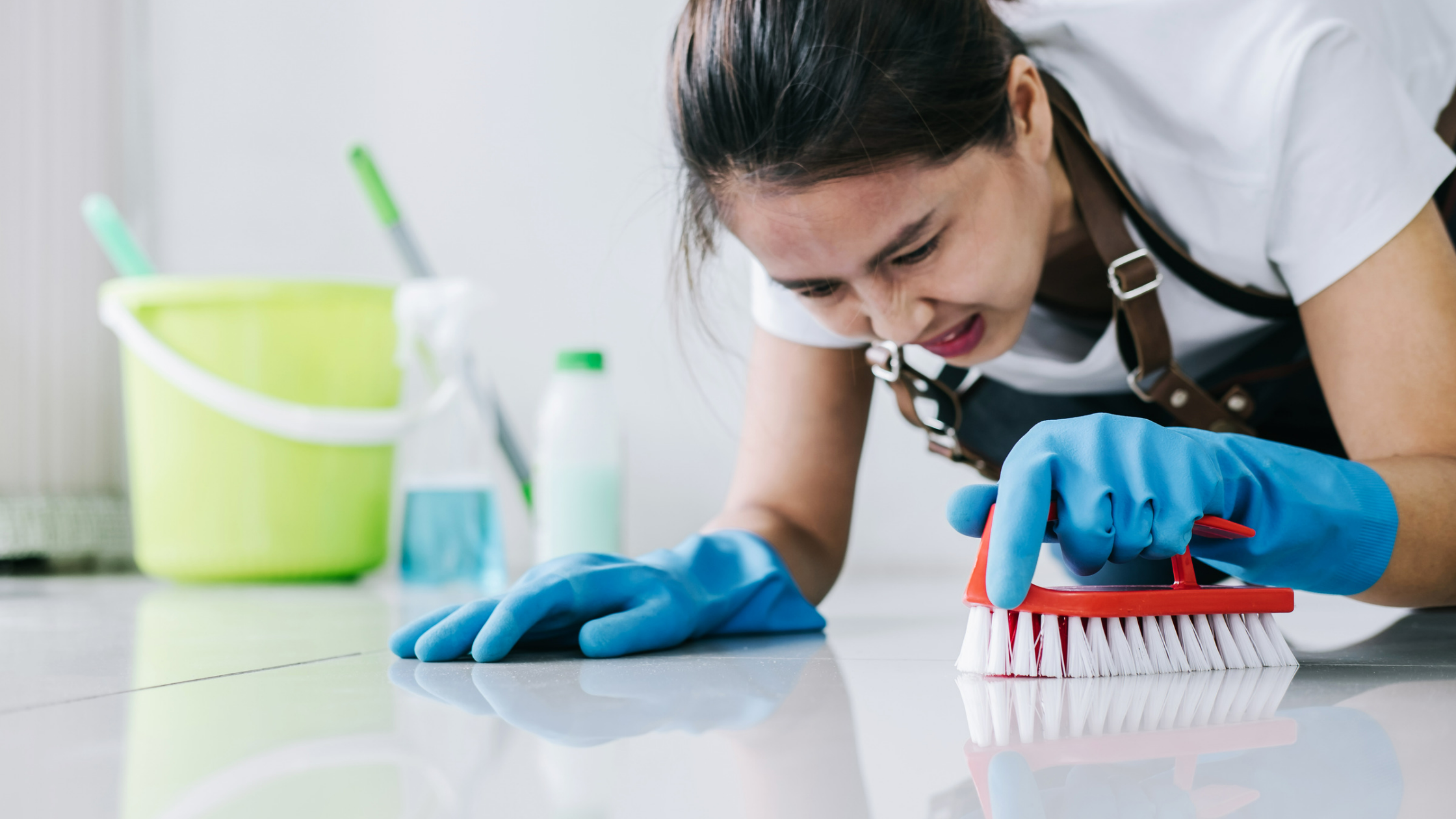
Many women perform the lion’s share of housework, which involves bending, twisting, and lifting. Add in a desk job, and our lumbar areas are taking a lot of daily stress.
Women’s fitness programs often prioritize cardio and aerobic workouts over strengthening exercises. Specific celebrity influencers have even spread the myth that women won’t benefit from resistance training or strength-building. Not at all true! Strong mobility programs are vital to everyone’s health.
Also, there is an unfortunate trend among medical professionals to under-or misdiagnose female patients as they dismiss their pain as temporary or stress-related. This can leave back pain problems untreated, causing the symptoms to worsen. It’s essential to find a physician who listens to your concerns.
How do I know if my lower back pain is serious?
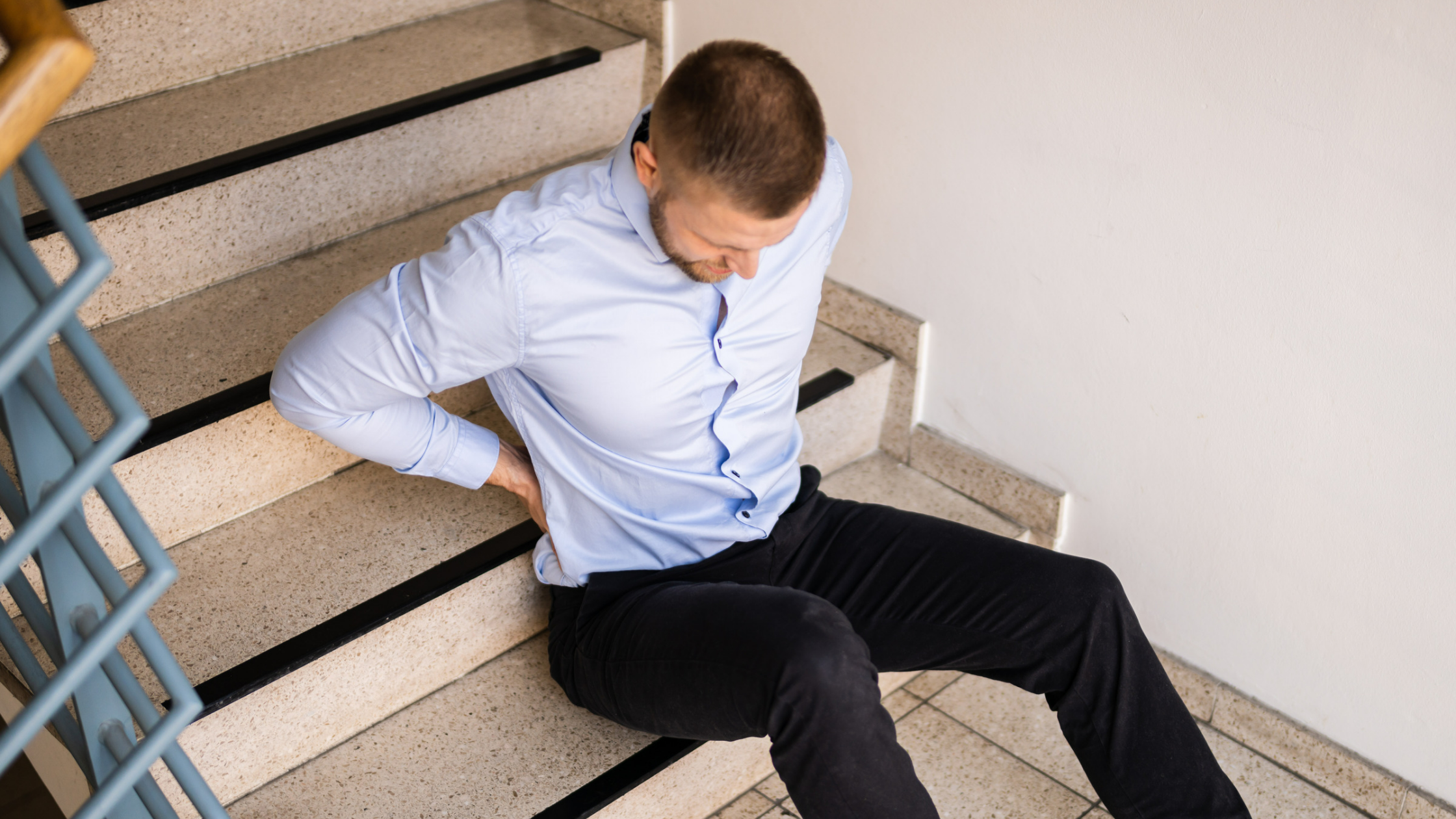
If you experience lower back pain after a traumatic event (such as a fall or car crash), immediately seek medical attention as it could be a sign of severe injury.
Back pain that accompanies gastrointestinal issues, and bladder or bowel control problems also warrants a visit to the doctor. In addition, conditions such as kidney stones and ulcerative colitis can manifest as lower back pain.
In general, I recommend consulting with your physician about any acute severe pain or chronic pain lasting more than a few months. If your pain is lifestyle-related (e.g., you sit at a desk all day or carry around a heavy laptop bag), or if available medical intervention doesn’t help, many strength and mobility exercises can help.
How can I relieve the pain in my lower back?
You’d be amazed by how a few simple movements can strengthen your back and increase your range of motion, and that’s crucial to reduce the muscle tightness and spinal compression that contribute to your pain.
Here are some examples of exercises you can do:
Reducing your overall inflammation can also help relieve your back pain, as inflamed tissues and joints exacerbate underlying injuries or diseases.
If you have an underlying medical condition (e.g., spondylitis), relieving your pain will be an ongoing project. Resist the temptation to rest or immobilize your back, making your pain worse. Once you’ve completed any short-term medical treatment, you’ll need a pain management program to keep your back strong.
Wrapping Up

If you aren’t sure WHAT can help, book a free consultation with me. With over 25 years of experience in assisting people in dealing with these issues, I can help you find the right solution to your lower back pain.
Did you like this article? You might also like:
Renewing Your Body with Rapid Neurofascial Reset
Is Oxidative Stress Behind Your Pain and Stiffness?
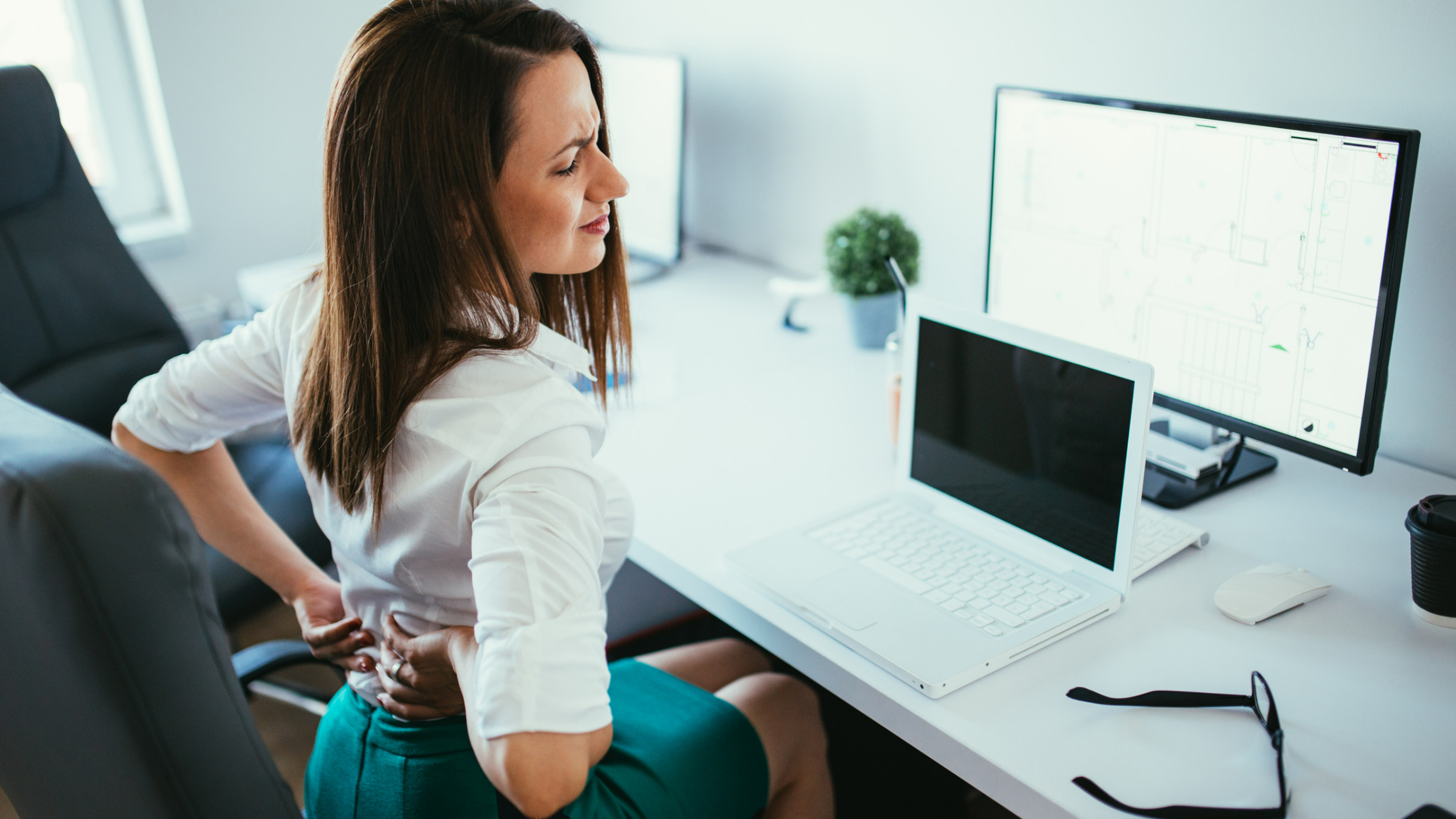

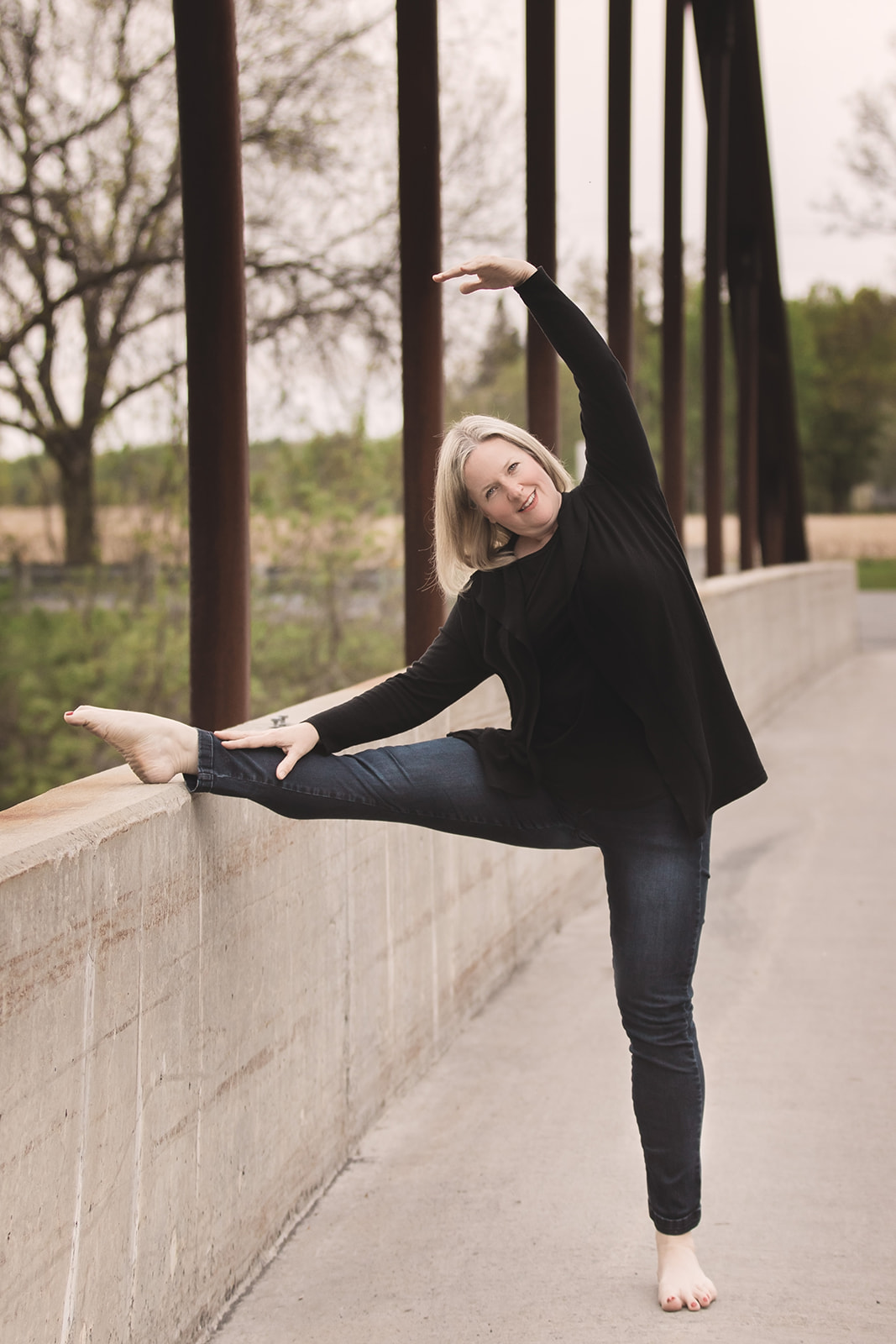
0 Comments